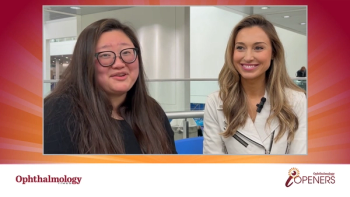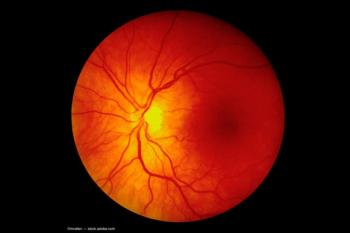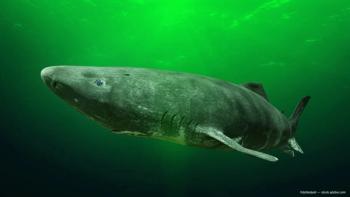
Lupin launches loteprednol etabonate ophthalmic suspension, 0.5%, in the United States
Key Takeaways
- Lupin launched loteprednol etabonate ophthalmic suspension, 0.5%, in the U.S., bioequivalent to Bausch & Lomb's Lotemax, for steroid-responsive inflammatory eye conditions.
- The suspension is indicated for treating inflammation of the palpebral and bulbar conjunctiva, cornea, and anterior segment of the globe.
Loteprednol etabonate ophthalmic suspension, 0.5% is bioequivalent to lotemax ophthalmic suspension, 0.5%, of Bausch & Lomb.
Lupin Limited announced the launch of loteprednol etabonate ophthalmic suspension, 0.5%, in the United States.
Loteprednol etabonate ophthalmic suspension, 0.5% is bioequivalent to lotemax ophthalmic suspension, 0.5%, of Bausch & Lomb. It is indicated for the treatment of steroid-responsive inflammatory conditions of the palpebral and bulbar conjunctiva, cornea and anterior segment of the globe when the inherent hazard of steroid use is accepted to obtain an advisable diminution in edema and inflammation. In addition, it is also indicated for the treatment of post-operative inflammation following ocular surgery.
Recently, Lupin announced the US Food and Drug Administration (FDA) approval for the company’s Abbreviated New Drug Application for Loteprednol Etabonate Ophthalmic Gel, 0.38%.
Loteprednol etabonate ophthalmic gel, 0.38% is a corticosteroid for the treatment of postoperative inflammation and pain following ocular surgery. It is the bioequivalent to Bausch & Lomb’s Lotemax SM Ophthalmic Gel.
References:
Lupin Launches Loteprednol Etabonate Ophthalmic Suspension, 0.5% in the United States. Published July 16, 2025. Accessed July 17, 2025.
https://www.lupin.com/lupin-launches-loteprednol-etabonate-ophthalmic-suspension-0-5-in-the-united-states/
Newsletter
Don’t miss out—get Ophthalmology Times updates on the latest clinical advancements and expert interviews, straight to your inbox.













































